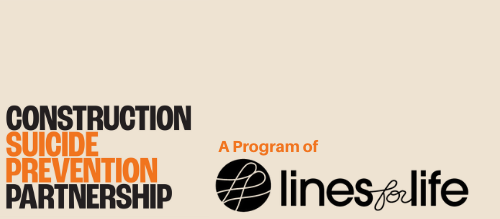One question we often hear in our QPR training is how to create a safety plan for somebody struggling with thoughts of suicide. Fortunately, there is a straightforward answer. The Stanley-Brown Safety Plan is an established and effective tool for helping someone identify coping strategies and resources to mitigate troubling thoughts or a crisis.
This safety plan can be completed by an individual; however, it is most effective when it is filled out with a counselor, health care provider, or a trusted peer. Whether completed independently or with a supportive professional or peer, the goal of a safety plan is to help a person stay alive when they are having a mental health crisis.
Safety Plan
A safety plan helps an individual identify the warning signs of a crisis, coping strategies, supportive people and social settings, and resources that can help them when they are grappling with suicidal thoughts.
An effective safety plan is personal and customized so that when the crisis happens or is about to happen, the individual can quickly access it to prevent the crisis from turning dangerous or deadly.
Completing a safety form is a simple and vital step to prevent a thought or impulse from becoming a tragedy. A Safety Plan is a living and mobile document that can be updated, captured on your phone; or carried in a a back pocket. You can hang it on your fridge and keep it on you at the site.
Just like every construction site has a safety plan that identifies evacuation routes and muster points, anybody struggling with their mental health or going through a difficult time should have a safety plan to help navigate through a crisis.
A safety plan is a blueprint for preventing suicide and promoting wellness. You can download and check out the form here.
